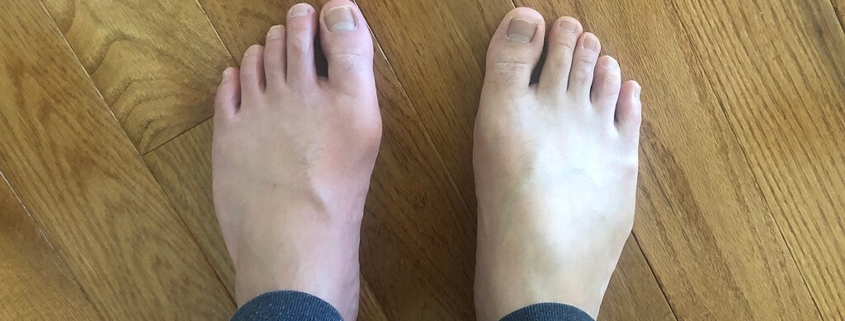
Gout
Overview
Gout is a common and complex form of arthritis characterized by sudden, severe attacks of pain, swelling, redness, and tenderness in the affected joints. These episodes often occur without warning in the middle of the night. According to the Arthritis Foundation, gout is the most common form of inflammatory arthritis, affecting more than 8.3 million Americans.
Types
While it isn’t commonly differentiated into subtypes, the progress of gout can generally be divided into four stages:
-
- Asymptomatic hyperuricemia: High uric acid levels with no symptoms.
-
- Acute gout: The initial episode of gout attacks
-
- Interval gout: The periods between acute gout when there are no symptoms.
-
- Chronic tophaceous gout: The lasting stage where damage to joints builds up over time.
Causes
Gout is caused by a condition known as hyperuricemia, where there is too much uric acid in the body. Your body makes uric acid when it breaks down purines, substances found in your body and in certain foods. When uric acid builds up in the body, it can form sharp urate crystals in a joint or surrounding tissue that cause pain, inflammation, and swelling.
Risk factors for gout include obesity, diets rich in meat and seafood, high blood pressure, diabetes, metabolic syndrome, certain types of medication, and more.
Symptoms
The most common symptom of gout is an acute, sudden attack of pain in one or more joints. This is often accompanied by:
-
- Swelling
-
- Redness
-
- Tenderness in the joint
-
- Stiffness in the joint
Less common symptoms may include fever, fatigue, or a more general feeling of illness.
Diagnosis
Gout is typically diagnosed through a two-step process:
-
- An assessment of symptoms and medical history
-
- Further testing – this could involve a joint fluid test (where fluid is drawn from the affected joint and examined for urate crystals), a blood test, imaging studies like X-rays/ultrasounds, or even a dual-energy CT scan.
Treatment Options
While gout can be extremely painful, most gout cases are manageable with the right treatment. Treatment options include:
-
- Medication to control pain and inflammation during acute attacks (like nonsteroidal anti-inflammatory drugs)
-
- Medication to lower uric acid levels in your blood
-
- Lifestyle changes like a healthier diet and regular exercise
Living With Gout
Gout is a chronic condition, but with proper management, you can reduce flare-ups and live a healthy, active life. Some tips include:
-
- Stay hydrated by drinking plenty of fluids, especially water.
-
- Avoid foods high in purines, like red meat, organ meats, and some types of seafood.
-
- Exercise regularly and maintain a healthy weight.
-
- Take your medication as prescribed and keep up with regular doctor appointments.
When to Seek Help
If you have a swollen, painful joint that’s warm to touch, seek medical attention immediately. Gout can be mistaken for other conditions like infection, so it’s important to get a correct diagnosis and begin treatment promptly. Also, if your symptoms continue despite treatment, or you are experiencing frequent gout attacks, speak to your healthcare provider.
